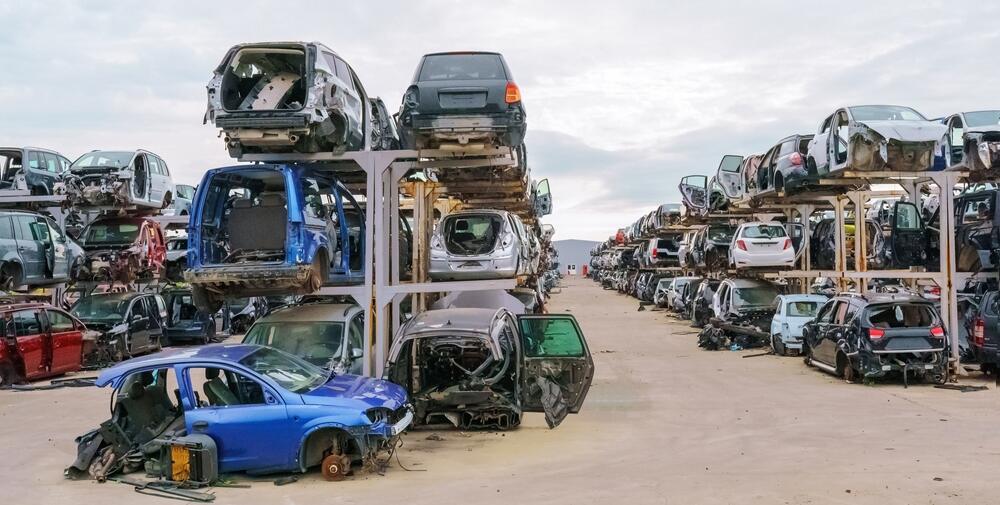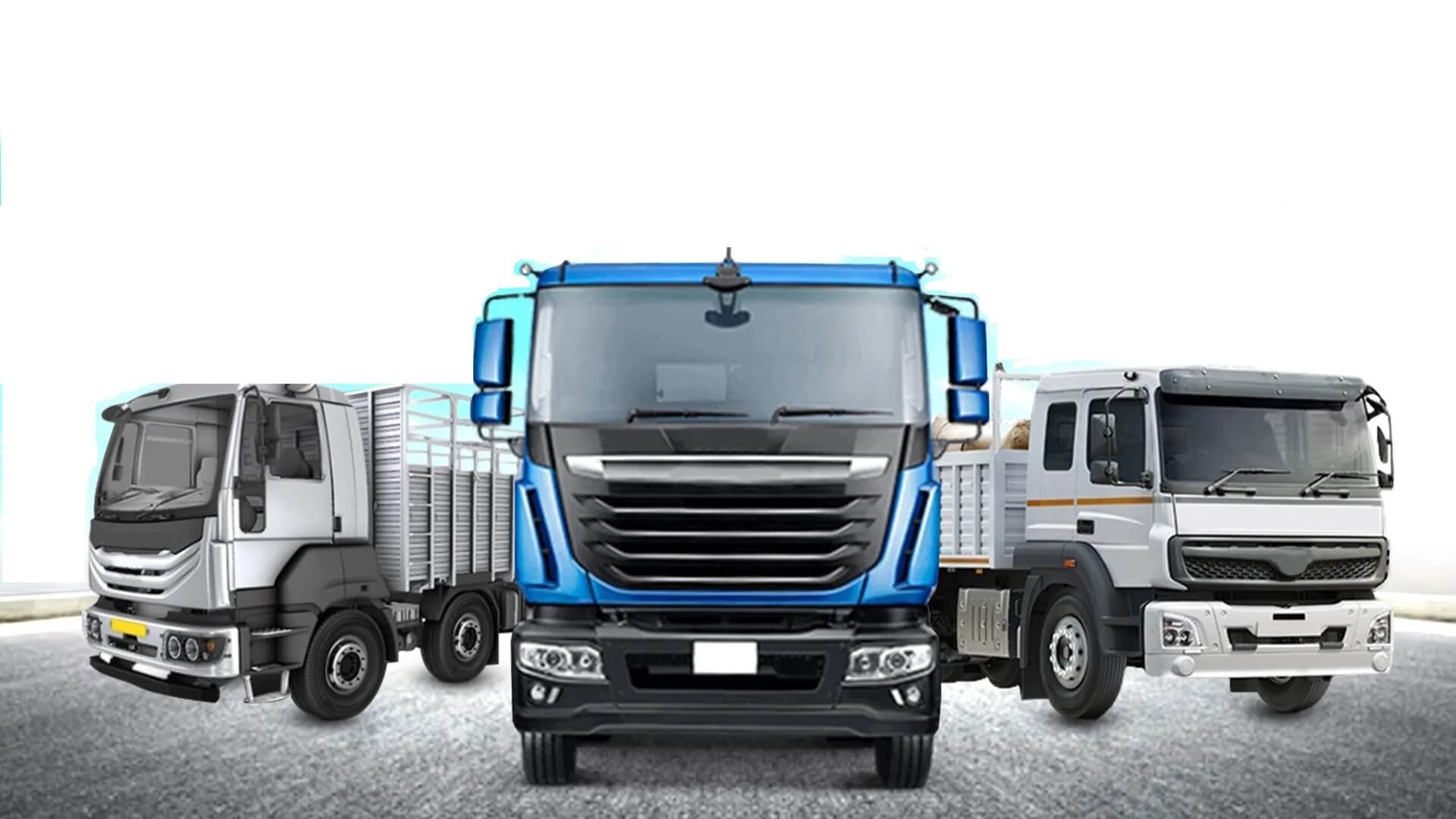Cycling is an exhilarating and healthy activity for kids and teens, but safety remains a top priority. Youth helmets play a crucial role in protecting young riders from head injuries, whether they’re just learning to ride or enjoy cycling daily. Choosing the right youth bike helmet involves understanding key features like fit, safety standards, comfort, and design. This guide covers everything parents and young riders need to know when selecting the best helmet for youth cyclists.
Importance of Wearing a Helmet
Youth bike helmets are essential for protecting kids’ heads during falls or accidents. Children and teens, who are often energetic and adventurous, can experience falls from losing balance, hitting an obstacle, or even being struck by other cyclists. Helmets help reduce the risk of head trauma by absorbing impact forces, lowering the chances of serious injury by about 60%. Wearing a helmet encourages safe riding habits, and parents setting the example can make helmets feel like a standard part of cycling.
Key Features of Youth Bike Helmets
1. Safety Certifications
Safety is the most critical factor in any helmet. In the United States, helmets should meet Consumer Product Safety Commission (CPSC) standards, which ensure they provide adequate impact protection. European helmets often meet EN 1078 standards, while Australian and New Zealand helmets comply with AS/NZS 2063:2008.
Another beneficial safety feature is the Multi-directional Impact Protection System (MIPS), which provides enhanced protection against rotational forces. MIPS technology works by creating a low-friction layer that slides slightly on impact, reducing rotational forces transmitted to the brain, thus lowering the risk of certain types of injuries.
2. Proper Fit
A helmet that fits properly is essential for effective protection. Helmets that are too loose can shift on impact, failing to protect critical areas, while helmets that are too tight can cause discomfort. Youth helmets typically come in sizes that range from small to medium, with circumference measurements in centimeters.
To find the right fit, measure the child’s head circumference just above the eyebrows. Many helmets feature adjustable dial-fit systems, allowing fine-tuning for a secure, comfortable fit. The helmet should sit level on the head, covering the forehead without tilting. Additionally, the chin strap should form a snug “Y” shape under the ears, with room to insert one or two fingers between the strap and the chin.
3. Weight
Younger riders require helmets that are lightweight to avoid neck strain, especially if they wear the helmet for long periods. Most youth helmets are constructed with in-mold technology, where an outer polycarbonate shell is fused with inner EPS (expanded polystyrene) foam. This construction creates a durable yet lightweight helmet that offers both comfort and protection without being overly bulky.
4. Ventilation
Good ventilation keeps young riders cool and comfortable, particularly on warmer days or during strenuous rides. Youth helmets typically come with multiple vents, often ranging from 10 to 20, depending on the model. The vents should be strategically positioned to allow air to flow freely while ensuring structural integrity. Helmets with an internal air channeling system further improve airflow, making them ideal for high-energy riders.
5. Comfortable Padding
Comfort padding is vital for a helmet worn during active play. Look for helmets with soft, moisture-wicking padding, which helps absorb sweat and keeps the helmet interior dry. Some helmets offer removable, washable padding for added hygiene, ensuring freshness over time.
High-quality youth helmets often feature antibacterial padding that helps prevent odor buildup and provides additional comfort around the forehead and temple area. Comfortable padding helps keep kids focused on the ride rather than adjusting their helmet.
6. Style and Design
Kids are more likely to wear helmets if they find them appealing. Youth helmets come in a variety of colors, patterns, and designs that cater to individual tastes, from solid colors to graphics featuring favorite animals, space themes, or even popular characters. When choosing a helmet, find one that aligns with the child’s style to encourage them to wear it consistently.
Reflective elements are a valuable addition for safety, especially if your child rides in the evening or early morning. Reflective stickers or accents increase visibility, ensuring that other riders and drivers can see them in low-light conditions.
Types of Youth Helmets
1. Road Helmets
Road helmets are streamlined, lightweight, and designed for pavement riding. They typically feature numerous vents for optimal airflow and are best suited for smooth, high-speed rides. Road helmets focus on reducing wind resistance, making them ideal for young cyclists who enjoy road biking or commuting.
2. Mountain Bike Helmets
Mountain bike helmets are designed to offer additional coverage, particularly at the back of the head, which is important for off-road riding where falls are more likely. These helmets are typically built with thicker shells and often have fewer vents to prevent branches or debris from entering. Many mountain helmets feature detachable visors, which offer protection from sun glare, rain, and branches.
3. BMX and Skate Helmets
These helmets are known for their rounded shape, rugged design, and high durability. BMX and skate helmets offer extended coverage for the back and sides of the head, making them suitable for both biking and skateboarding. Their thicker shell construction can better handle multiple low-impact falls, making them a good choice for trick riders or skatepark enthusiasts.
4. Multi-Sport Helmets
Multi-sport helmets offer versatility and are certified for activities beyond biking, like rollerblading, skateboarding, and scootering. These helmets are often designed with fewer vents and a rounded shape, making them durable for various activities. Multi-sport helmets are perfect for young adventurers who switch between multiple sports and need a helmet for all of them.
Additional Features to Consider
1. Adjustable Visors
Helmets with detachable visors provide flexibility for young riders. Visors offer sun protection and shield the eyes from debris, which is useful for kids who ride on trails or during sunny weather. Most mountain and BMX helmets come with removable visors, adding versatility.
2. Integrated Lights
Some youth helmets come with built-in LED lights, enhancing visibility for young riders, especially in low-light conditions. Lights are often mounted on the back of the helmet and offer various modes, such as steady or flashing, to increase the child’s visibility to cars, other cyclists, and pedestrians.
3. Reflective Elements
Reflective elements improve visibility and are especially useful if your child rides in the evening or in areas with low lighting. Some helmets come with reflective stickers, while others have reflective materials embedded in the helmet design. This added feature increases the rider’s visibility, helping keep them safe.
Proper Helmet Maintenance
Keeping a youth helmet in good condition involves regular maintenance, including cleaning and storage. Follow these tips for best results:
-
Clean the Helmet Regularly
Use a mild soap and water solution to clean the exterior and padding, avoiding harsh chemicals that could degrade materials. If the helmet has removable padding, wash it separately to ensure cleanliness. -
Avoid Exposure to Heat
High temperatures can weaken the helmet’s foam. Avoid storing helmets in hot places, such as in direct sunlight or inside a car on hot days. -
Replace After an Impact
Even if there’s no visible damage, a helmet that has experienced a significant impact should be replaced. The internal foam could be compromised, making it less effective in future accidents. -
Inspect for Wear
Regularly check the straps, buckles, and fit adjustment systems. Helmets with worn straps or broken buckles should be replaced to ensure the helmet remains secure.
How to Encourage Helmet Use Among Youth Riders
Instilling the habit of wearing a helmet early on is essential for long-term safety. Here are some tips for encouraging consistent helmet use:
-
Lead by Example
Kids are more likely to wear helmets if they see adults doing so. Parents and older siblings who wear helmets set a positive example. -
Make It Fun
Allow kids to choose their helmets, as they are more likely to wear one they find appealing. Youth helmets come in a variety of colors and designs to suit different preferences. -
Explain the Importance of Safety
Educate young riders on the importance of wearing a helmet and how it can protect them. Understanding the benefits can motivate them to wear it willingly. -
Reward Consistent Use
Encourage kids to wear their helmets by recognizing their efforts. Small rewards, positive reinforcement, or even a fun sticker on their helmet can reinforce the habit.
Popular Brands for Youth Helmets
1. Giro
Giro offers a wide range of youth helmets with comfortable fits, stylish designs, and advanced safety features like MIPS. The brand’s helmets are well-ventilated and suitable for various activities, including biking and skateboarding.
2. Bell
Bell helmets are known for durability and style, offering a range of sizes and designs that appeal to kids and teens. Many Bell helmets are MIPS-equipped and come in vibrant colors, making them a popular choice for safety-conscious parents.
3. Schwinn
Schwinn is known for producing affordable, reliable youth helmets with a focus on comfort and fit. Their helmets are often available at an entry-level price point, making them accessible without compromising on safety.
4. Raskullz and Krash!
These brands specialize in fun, colorful designs, including helmets with 3D elements, like mohawks or animal ears, making them attractive to younger kids. These helmets still meet safety standards, combining fun designs with protective features.
Conclusion
Choosing the right youth bike helmet is a combination of safety, comfort, and style, tailored to the young rider’s needs. A well-fitted, certified helmet with features like MIPS, comfortable padding, and a style that appeals to the rider encourages consistent use and reinforces safe cycling habits. With the right helmet, kids and teens can confidently and safely enjoy the excitement of cycling, whether they’re hitting the trails, roads, or skateparks.



